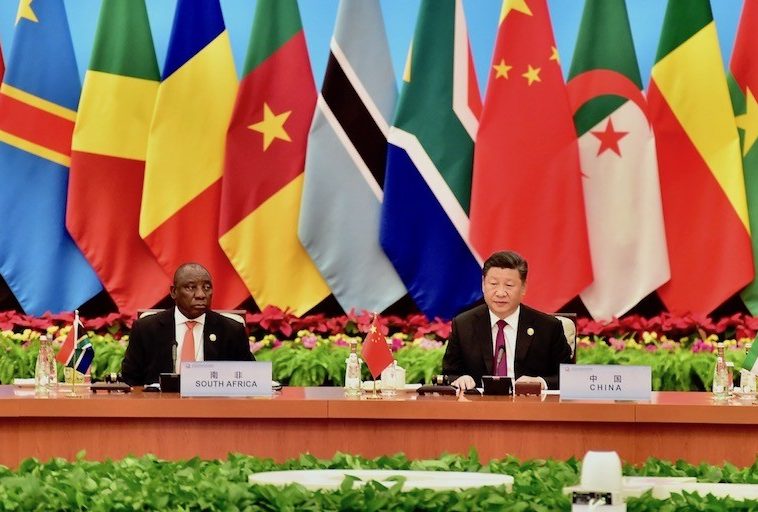The introduction of green bonds in African markets marks a significant shift towards the broader sustainable finance and investment agenda. Green bonds are debt securities issued to finance projects that have positive environmental and climate benefits while promoting economic development.
Traditionally, African countries have relied heavily on conventional debt instruments and aid to finance development projects. However, the growing awareness of environmental issues and the need for climate resilience has spurred interest in alternative financing mechanisms. Green bonds, which specifically target environmental projects, offer an innovative solution.
In 2013, the African Development Bank (AfDB) issued its first green bond, raising $500 million to finance climate-friendly projects across the continent. This milestone was followed by several other issuances, including by sovereign states such as Nigeria, which became the first African country to issue a sovereign green bond in 2017. These developments have laid the groundwork for the growth of the green bond market in Africa, signaling a commitment to sustainable development.
According to the Climate Bonds Initiative, the global green bond market reached $1 trillion in cumulative issuance by the end of 2020. Africa’s share, though still small, is growing rapidly. By 2021, the continent had seen cumulative green bond issuances surpass $2 billion, highlighting a burgeoning market that holds significant potential.
Moreover, green bonds are instrumental in attracting a new class of investors focused on environmental, social, and governance (ESG) criteria. The Global Sustainable Investment Alliance reports that global sustainable investment reached $35.3 trillion in 2020, a 15% increase from 2018. This influx of capital from global investors seeking to align their portfolios with sustainable practices can significantly bolster the financial markets in Africa, driving further innovation and development.
In 2017, Nigeria issued a ₦10.69 billion ($29.7 million) green bond, the first of its kind by an African nation. The bond aimed to finance projects in renewable energy, afforestation, and sustainable agriculture. This issuance not only set a precedent for other African countries but also showed Nigeria’s investment in the Paris Agreement and the United Nations Sustainable Development Goals (SDGs). A second issuance in 2019 raised an additional ₦15 billion ($41 million) for similar projects.
The African Development Bank has been a leading issuer of green bonds, raising substantial funds to support a wide range of projects across the continent. As of 2021, AfDB had issued over $5 billion in green bonds, financing projects such as the Ouarzazate Solar Power Station in Morocco and the Lake Turkana Wind Power project in Kenya. These projects contribute significantly to the continent’s renewable energy capacity and climate resilience.
In 2019, Kenya launched its first green bond to fund sustainable projects, particularly in the real estate sector. The $41 million bond, issued by Acorn Holdings, facilitated the development of eco-friendly student accommodation in Nairobi. This initiative was part of a broader strategy to position Nairobi as a green finance hub in Africa. By 2022, Kenya had issued additional green bonds, focusing on sectors such as agriculture and water management.
Despite the promising developments, the green bond market in Africa faces several challenges. These include limited awareness and understanding of green bonds among potential issuers and investors, regulatory and policy hurdles, and a lack of standardized frameworks for evaluating and certifying green projects.
However, these challenges also present opportunities for growth and innovation. Increasing awareness and capacity-building efforts can help educate stakeholders about the benefits and mechanics of green bonds. Governments and regulatory bodies can play a crucial role by developing clear guidelines and incentives for green bond issuances. For instance, establishing green bond taxonomies and certification processes can enhance transparency and investor confidence.
According to the Climate Policy Initiative, there is a substantial investment gap in climate finance in Africa, estimated at $1.6 trillion by 2030. Green bonds can play a crucial role in bridging this gap, provided that supportive policies and robust market infrastructure are put in place.
The Way Forward
To fully harness the potential of green bonds and sustainable finance in Africa, several strategic actions are essential:
Governments and regulatory bodies need to create enabling environments for green bond issuances. This includes developing green bond guidelines, taxonomies, and certification processes to ensure credibility and transparency. For instance, the African Securities Exchanges Association (ASEA) has been working on harmonizing green bond standards across African stock exchanges to facilitate cross-border investments and improve market liquidity.
READ ALSO: Global Trade Agreements and Their Impacts on Africa’s Markets
Efforts should be made to educate issuers, investors, and other stakeholders about the benefits and processes of green bonds. Capacity-building programs can equip them with the necessary skills and knowledge to participate effectively in the green bond market. Institutions like the Global Green Growth Institute (GGGI) and the Climate Bonds Initiative offer training and resources to support this goal.
Public-private partnerships and international cooperation can drive innovation and resource mobilization for green projects. Collaborative efforts can also facilitate knowledge sharing and the dissemination of best practices. The Africa Green Finance Coalition, launched in 2021, is one such initiative aimed at fostering collaboration and scaling up green finance across the continent.
Issuing green bonds in local currencies can mitigate foreign exchange risks and make them more attractive to domestic investors. This approach can also strengthen local financial markets and promote economic stability. For example, the AfDB has supported local currency green bonds in countries like South Africa and Nigeria to enhance market resilience.
Utilizing advanced technologies such as blockchain and big data can enhance the transparency and efficiency of green bond markets. These technologies can improve project tracking, reporting, and verification processes, ensuring that funds are used as intended. A report by the World Bank highlights how blockchain can streamline the issuance and monitoring of green bonds, reducing costs and increasing investor confidence.
Green bonds represent a transformative opportunity for Africa to align its economic development with environmental sustainability and tap into the growing market for sustainable finance.


